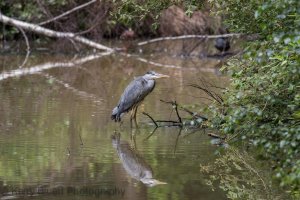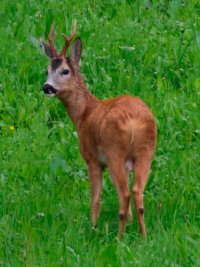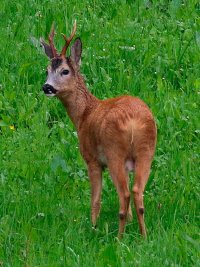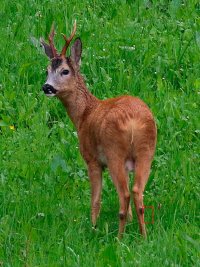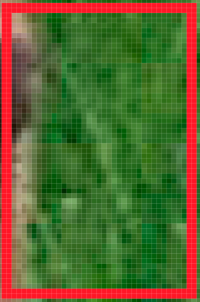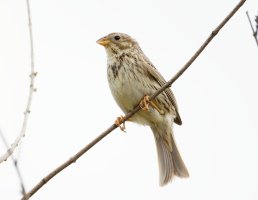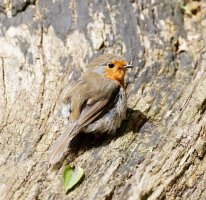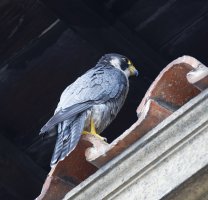The deer is some distance away and air quality comes into play at that distance. I am not convinced about the 400 f5.6 with extender but I am prepared to be told otherwise. I never shoot hand held and will always use either a tripod or some other stable device. Many people complain about sharp images when it is technique to blame, if you expect to get a sharp image using the 7dii with a 300mm + lens at slowish shutter speeds forget it. In your situation you are shooting from a tripod using a cable release it will not be technique it will be the limitations of your equipment and environmental qualities.picturefan said:Until now there have been very helpful comments, also about the testing modes. Thank you all.
In real life shooting it is, of course, often necessary to match adjustments adequate to the given conditions.
So I´ll be lucky - and all others, who posted - to see some satisfaying (tack sharp) results and some others, just to see, what the 7DII is capable to achieve in IQ in combination with the new MarkII-Telezooms.
For myself, I need any comments on the posted deer. Shooting technique there seems close to optimal to me, but the deer is so-so...
Here is an image i took recently at approx 75 metres with 7dii and 100-400ii lens. Taken on a tripod with a little heat haze. Sharpness is not bad but could be better.
Attachments
Upvote
0

